Come to think of it, the aquatics are one of the most dangerous places to be at due to the fact that there are lots of deadly species there. With that being said, we’ve come up with this list to ensure you are familiar with those deadliest species living in the aquatics. Here are the lists of the 10 deadliest fishes in the World.
MUST READ: Top 10 Most Beautiful Places On Earth To Visit
Mind you, you are about to get into the world of interesting adventure.
Have fun!
Top 10 Most Deadliest Fishes In The World
-
Wels Catfish
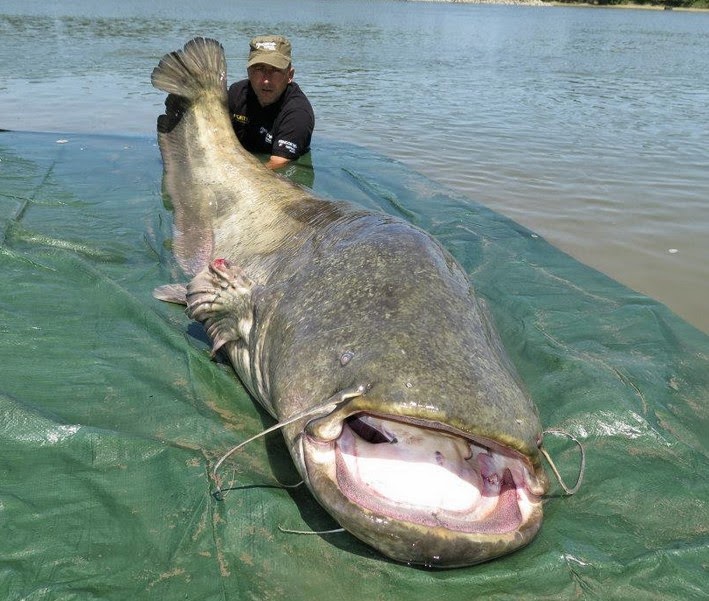
Image via BigFishesInTheWprld
The Wels catfish, also called sheatfish, is a large species of catfish native to wide areas of central, southern, and Eastern Europe, in the basins of the Baltic, Black, and Caspian Seas.
The Wels Catfish are super aggressive predators and they don’t take it lightly with their prey. What they feed on majorly are fishes, frogs and also water birds. Although certain scene had occurred whereby we the humans got attacked by this furious fish and there sharp teeth is very deadly to we humans.
-
Electric Ray
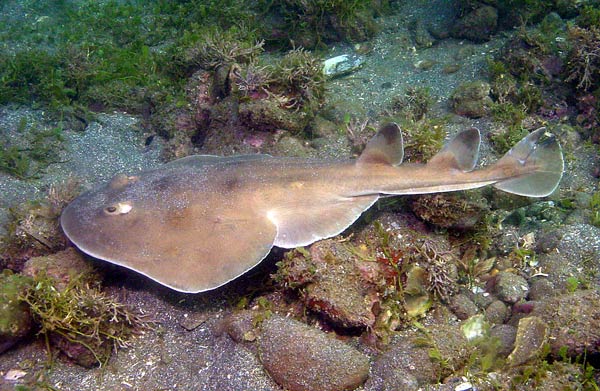
Image via Elasmodiva
The electric rays are a group of rays, flattened cartilaginous fish with enlarged pectoral fins, comprising the order Torpediniformes.
The Electric Ray has a shape of that of a kidney are they are highly electro-active. They do produce and store electricity within their body so as to use it as a means of defense against their predators and also a means of weapon to catch prey.
They are rarely noticed because they are only found on ocean floors or buried in mud sand. The dark brown coloration of electric rays resembles the ocean floors. It helps them to hide away from potential predators.
-
Lion Fish
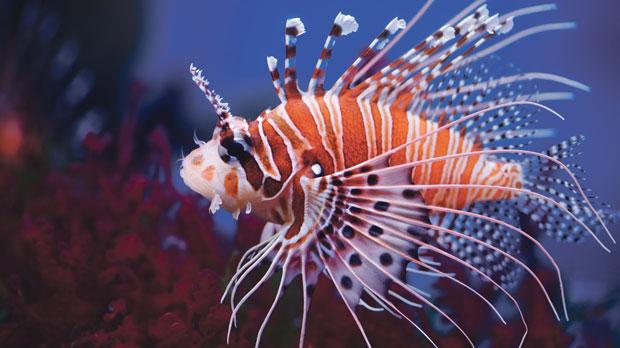
Image via TimesOfMalta
Pterois is a genus of venomous marine fish, commonly known as lionfish, native to the Indo-Pacific. Pterois, also called zebrafish, firefish, turkeyfish or butterfly-cod, is characterized by conspicuous.
The venomous lion fishes are native to Indo-Pacific region with poisonous spine. What about their predators? Well, due to the threat that their poisonous spine possess, it makes them have just a very few predators. Although some of their predators ends up in a death toll whenever they attack. The venom of lion fishes also can be a danger to humans. The lion fish sting is extremely painful and their venom can cause breathing difficulties and nausea.
The Lion Fish were majorly found in the Indo-Pacific region but now you can also find them in Atlantic Ocean.
-
Electric Eel
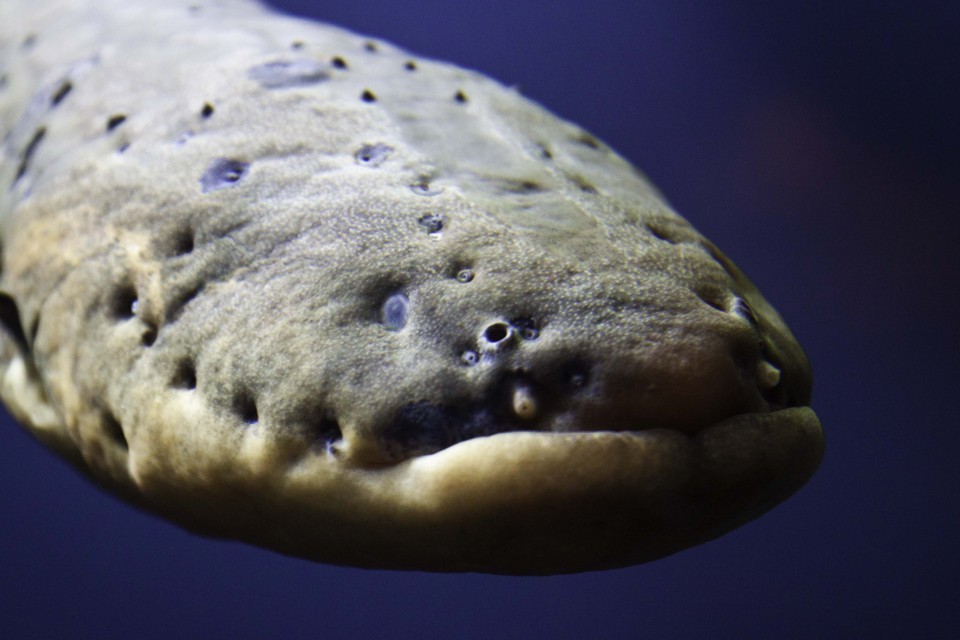
Image via TheAtlantic
The electric eel is an electric fish, and the only species in that genus. Despite the name, it is not an eel, but rather a knifefish.
The Electric Eel are majorly found in Amazon and Orinoco River streams or ponds. This very deadly fish is well known for its super power i.e enormous discharge of electricity. Their body contains more than 6000 special type of cells called electrocytes. These cells can together produce of maximum electric shock of 600 volts. In humans, the attack from electric eels can result in heart failure. The electric eels use their electric discharge power to defend predators and to stun prey.
With the help of their electric discharge they are able to defend themselves against prey and also destroy prey.
-
Bull Shark
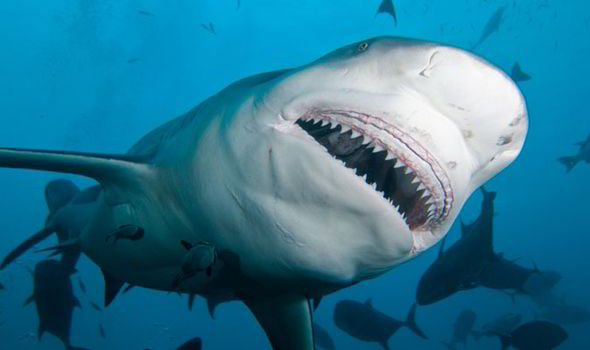
Image via DailyExpress
The bull shark, also known as the Zambezi shark or, unofficially, as Zambi in Africa and Nicaragua shark in Nicaragua, is a requiem shark commonly found worldwide in warm, shallow waters along coasts and in rivers.
When it comes to the most deadly sharks that lives in Warm Ocean around the world then Bull Shark takes the lead. The bull sharks are named after their short blunt snout. Unlike other species of sharks the bull sharks known to travel in fresh waters. They have specially adapted kidneys, which help them to survive within fresh waters.
One more deadly thing about the Bull Shark is its ability to adapt to diverse regions in the aquatics such as rivers, lakes etc. With that, there are lots of possibilities for humans to get attacked by them.
There have been 121 reported attacks on human in total.
The bull sharks are very fast and aggressive predators. They mainly feed on turtles, mollusks, birds, crustaceans and dolphins. But they also have a tendency to attack anything in front of them, even other sharks and humans.
-
Piranha
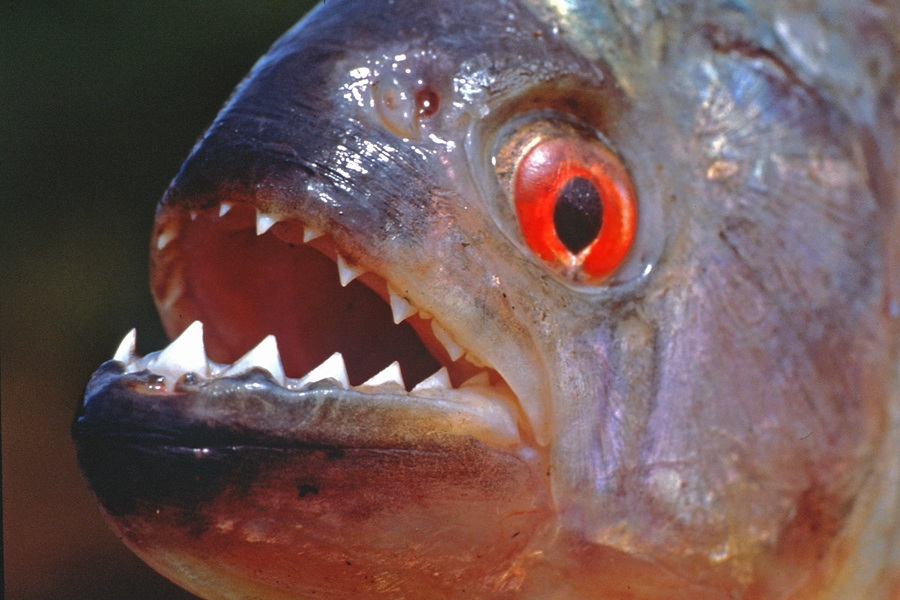
Image via KingOfWallpaper
A piranha or piraña is a member of family Characidae in order Characiformes, an omnivorous freshwater fish that inhabits South American rivers. In Venezuela, they are called caribes. They are known for their sharp teeth and powerful jaws.
Piranhas are famous for their taste of meat and razor-sharp triangular teeth. They live in South American rivers. Piranha can apply a bite force about 25-30 times its own body weight. In that way this dangerous predatory fish can even crush large animals in a few minutes.
Piranhas mainly feed on carrion, fish, crustaceans and seeds. But the hungry piranhas will attack anything in front of them. They hunt in groups to catch a larger prey. It is almost impossible to escape from the group attack of piranhas.
-
Great White Shark

Image via BBC
The great white shark, also known as the great white, white pointer, white shark, or white death, is a species of large lamniform shark which can be found in the coastal surface waters of all the major oceans.
Just as we refer to Crocodiles as ‘Killer Machines’ great white sharks are only referred to same ‘Killer Machine’. Their inhabitations are the coastal temperate waters around the world. There have been reported 403 reported white shark attacks on humans since 1580, 65 of them were fatal attacks.
Even though white sharks are not as dangerous as they depicted in movies. They take a sample biting on the victim to test whether it is a good food or not. The white sharks never prefer human as a good meal. But the strong bite from white shark can cause death. The great white sharks like to have fatty animals like seals and sea lions.
-
Stone Fish
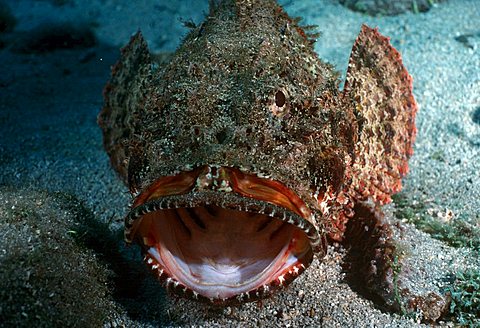
Image via RobertHarding
Stone Fishes, Synanceia is a genus of fish of the family Synanceiidae, the stonefishes, whose members are venomous, dangerous, and even fatal to humans. It is one of the most venomous fish known. They are found in the coastal regions of the Indo-Pacific. – Wiki
They are one of the deadliest fishes in the world and there inhabitation are the tropical, marine waters of Indo-Pacific oceans. The stone fishes have 13 sharp dorsal spines that contain extremely poisonous venom. Its sting is extremely painful. It causes swelling, difficulty in breathing, vomiting, diarrhea and paralysis. The venom of stone fishes also can be fatal without proper treatment.
The brownish colored stone fishes can be well camouflaged in the ocean. They look like a stone on ocean floors. So the swimmers and scuba divers need to be cautious within the range of stone fish.
-
Puffer Fish
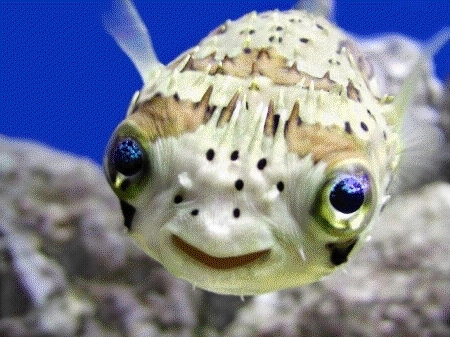
Image via RichCoastDiving
The puffer fish are the second most deadliest fishes in the world. There are 120 different species of puffer fishes in the world. They live in tropical and subtropical ocean waters around the world. Most species of puffer fish contain tetrodotoxin, which is 1200 times more poisonous than cyanide.
The deadly tetrodotoxin found in liver, kidneys, eyes, spikes and ovaries of a puffer fish. They expand their body to round shape while facing threats. This trick helps the puffer fishes to cover their body by the poisonous spikes.
The puffer fish poison is one of the most deadliest poison known to human. The strong poison can kill an adult human in a few minutes.
Unfortunately, there is no antidote for puffer fish poison. Still the meat of puffer fish is considered as a special dish in Japan, Korea and China. In Japan the puffer fish dish is called as ‘fugu’. It is an extremely expensive dish. Only the certified chefs are allowed to prepare fugu in Japanese restaurants.
-
Box Jelly Fish
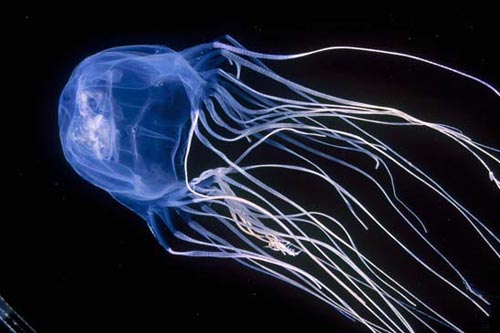
Image via TheHuffingtonPost
Box jellyfish are cnidarian invertebrates distinguished by their cube-shaped medusae. Some species of box jellyfish produce extremely potent venom: Chironex fleckeri, Carukia barnesi and Malo kingi.
The box jellyfish is considered as the most venomous creature on Earth. The box jelly fish venom will affect the heart the nervous system. The human victims are likely to die of heart failure before reaching the shore. More than 100 people die every year around the world by box jellyfish attack.
The box jellyfishes are named after their cube shaped body, found throughout the Indo-Pacific Ocean. They have up to 15 tentacles on each side of their body. These tentacles can reach up to a length of 10 feet and contain more than 5000 stinging cells.





